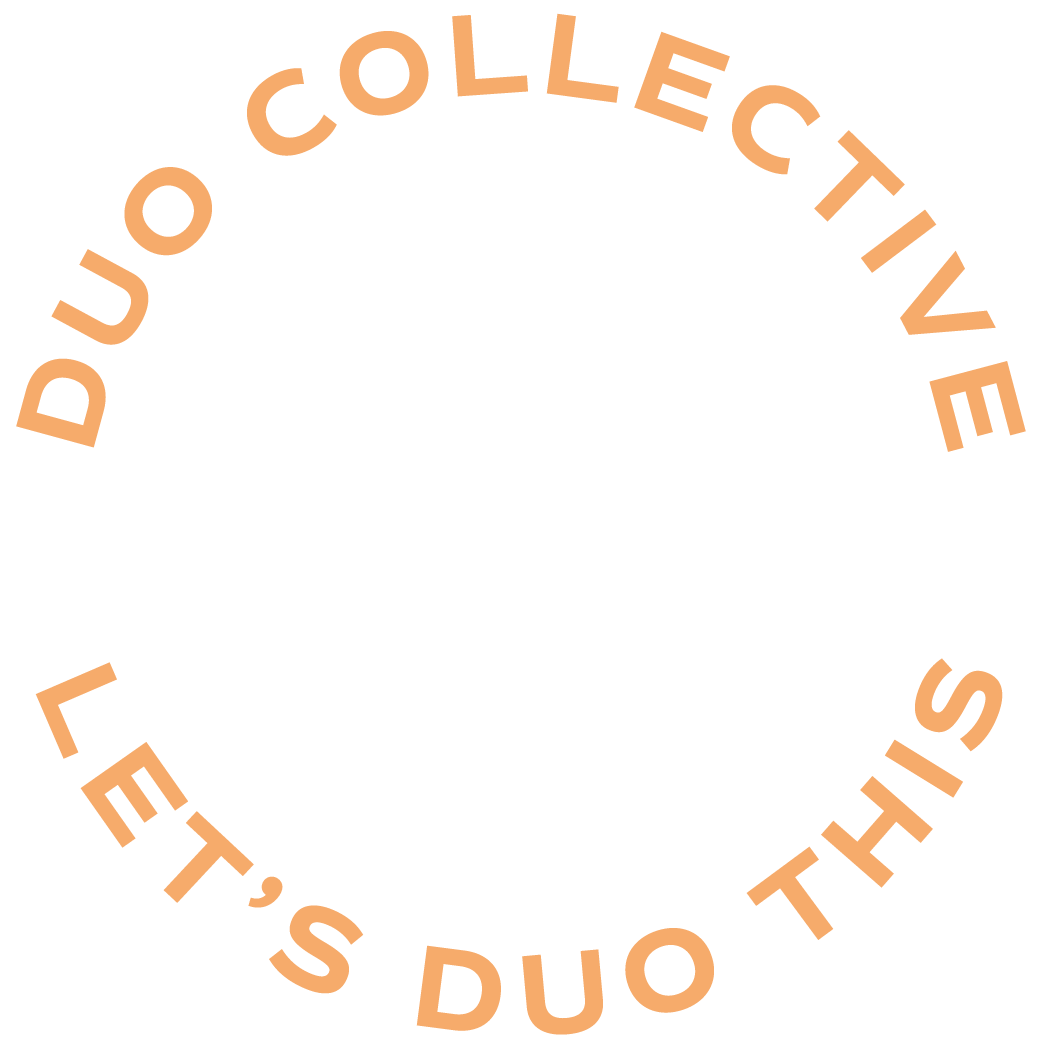Apple Podcasts | Spotify
Do you have a red flag list? We think it’s a must-have for every service provider! A red flag list will help you identify those nightmare clients before you sign the contract to work with them. It has saved us from a lot of stress and anxiety.
What is a Red Flag List?
A red flag list is a personal checklist of behaviors, traits, or scenarios that scream, “This client is NOT for me!” Everyone’s list is different, depending on your target audience and who you want and like to work with.
Every service provider should have one, especially those in branding, web design, SEO, and creative fields. And if you’ve never thought about this before, that’s your sign to create a red flag list!
This is not about being picky; it’s about protecting your energy, time, and the quality of your work. We all know how draining a difficult client can be, and we want to help you find the right people to work with.
The Signs of a Red Flag Client
What are some signs that a client should be on your red flag list?
🚩Unrealistic Expectations
They want everything unrealistically soon and for half the price. Not only is that unrealistic, but it’s unreasonable. If they’re asking you to do something like this that you don’t normally do, it’s a red flag.
🚩Lack of Respect for Your Process
They don’t fill out forms, ignore deadlines, or try to take shortcuts. Behaviors like these make it really hard for you to do your job well, and that causes a lot of frustration and stress. You’re trying to give them your best work, but by disrespecting your process, they’re making things unnecessarily difficult. You have your systems for a reason!
🚩Nickel-and-Diming
Always negotiating, questioning your rates, or asking for freebies or discounts. You set your prices for a reason — stick to them! If the amount of work doesn’t change, don’t adjust your pricing.
🚩Vague Vision but High Demands
“I don’t know what I want, but I’ll know it when I see it” 🙃. Where are the designers out there that have heard that one before?! Lack of specificity and detail makes your job really difficult. There’s a balance between this, though — sometimes clients have a hard time putting their vision into words. As a designer, you should be able to guide them towards their vision. But use your best judgment in a discovery call if they’re just totally clueless 😉
🚩Poor Communication
Ghosting, endless revisions, over-communication, or expecting 24/7 availability is not acceptable. You have a life outside your business; the best clients won’t push this boundary.
🚩Gut Feeling is Off
If something feels wrong, trust that instinct! It’s usually right 😉
Why Ignoring Red Flags Costs You
What are the downsides of ignoring your red flag list? We are people-pleasers, so we totally understand wanting to make it work to help someone out in their business. But it just isn’t worth it — trust us!
Drains Your Creativity and Passion
The wrong clients make you hate the work you used to love. They make everything harder than it needs to be, and you start to dread working on their project.
Wastes Your Time and Money
More revisions, more headaches, and less profit. Sounds fun, right? 🙃 Your time is valuable. Don’t waste it on anyone other than your dream clients.
Prevents You from Serving Dream Clients
Speaking of dream clients… Every bad-fit client takes space away from the ones you love working with. You only have so much time in the day, and you can’t say yes to every project.
How to Create Your Red Flag List
Feeling ready to create your red flag list? It’s time, friend! It doesn’t have to be anything crazy. Start a Google Doc, reflect, and jot some notes about some red flag qualities you want to avoid.
- Step 1: Reflect on Past Clients – Who drained you? What were the patterns?
- Step 2: Write Down Your Red Flags – Make a list and stick to it.
- Step 3: Weave It into Your Process – Update your inquiry form, contracts, and boundaries to filter out bad fits before they sign on.
- Step 4: Set Boundaries and Stick to Them – Saying no = protecting your biz, energy, and sanity.
The Green Flag Client List!
It’s not just about who not to work with — let’s celebrate dream clients! 🎉 Just like you should have a red flag list, you should have a green flag list, too!
Think about past clients you’ve worked with. What did you like about working with them? What made the project fun? Why would you want to work with someone like that again?
This can get you thinking about what you appreciate and value in an ideal client. You might have a vision of an ideal client, but when you actually work with them, it’s not what you expect. Reflect on your experience and jot down some things you loved about the person and/or the project!
Start making your green and red flag lists today! Incorporate it into your next CEO Day. It doesn’t have to be fancy or overwhelming. Give yourself 30 minutes to sit down and write red and green flags. ChatGPT can help you brainstorm through things if you get stuck!

If you liked today’s episode on The Duo On Air Marketing Podcast, don’t forget to leave us a review & subscribe!
More From The Duo
Sign Up for Tuesday Tips and Sips Newsletter
Abbey Oslin and Courtney Petersen are Minnesota-based marketing experts, educators, and co-founders of boutique marketing agency Duo Collective, which specializes in SEO, social media strategy, and branding for small business owners and creative entrepreneurs. To learn more about Duo Collective, or to inquire about working with our team, head over to www.duocollective.com.
To inquire about being a guest on Duo On Air, please fill out this application form.


+ show Comments
- Hide Comments
add a comment